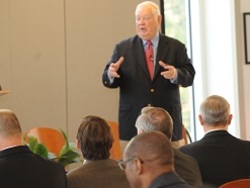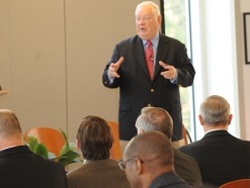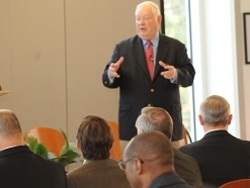


No one can tell your story like you! If you’re looking for a different way to drive home a point, whether it be in training or in sales, crafting a story around your experience is a tried and true way to do it—if you know how to do it.
First, choose an occurrence in your life that has a tie-in to the topic at hand. Some of the situations you might consider are:
Choose one particular story and then paint a picture! You want to show your audience, not just tell them. Use those describing words. It wasn’t just a sunset—it was a romantic sunset laced with rose and lavender hues. It wasn’t just a first kiss—it was a brief contact on the lips, but the tingly effect started in your toes.
Use the power of silence. Use the record feature on your computer or smartphone (“there’s an app for that”) or a digital voice recorder to record your story and then listen to it. Check your pacing and see if an additional pause for effect here and there would enhance the suspense or humor. You can also use this method to check for vocal variety. If you’re bored by the end, your audience most certainly will be!
Rehearse, rehearse, rehearse!
Make it universal! At our annual conference in September, Doug McCallum was doing a session on the Whys behind our participant-centered methods. He was giving the example of the two truths and a lie opener. This opener allows each participant to come up with three facts about himself to share with the other participants—however, one “truth” is false. The other participants then vote on which is the lie.
Because of the nature of the exercise, it is universal and can be used with any group in any culture.
McCallum went onto caution the trainers that they should model the opener themselves and make sure the audience could relate to what they were sharing. Don’t use the facts that you have your doctorate and have visited all 50 states, McCallum said. Use facts they can relate to. If you’re talking to Harley Davidson franchise owners, model the exercise by stating what kind of bike you ride and your favorite beverage on hot summer afternoons, he said.
Don't miss out on updates and chances
to sharpen your skills with participant-centered learning.




3740 N Chestnut St #113 - Chaska, MN 55318-3053